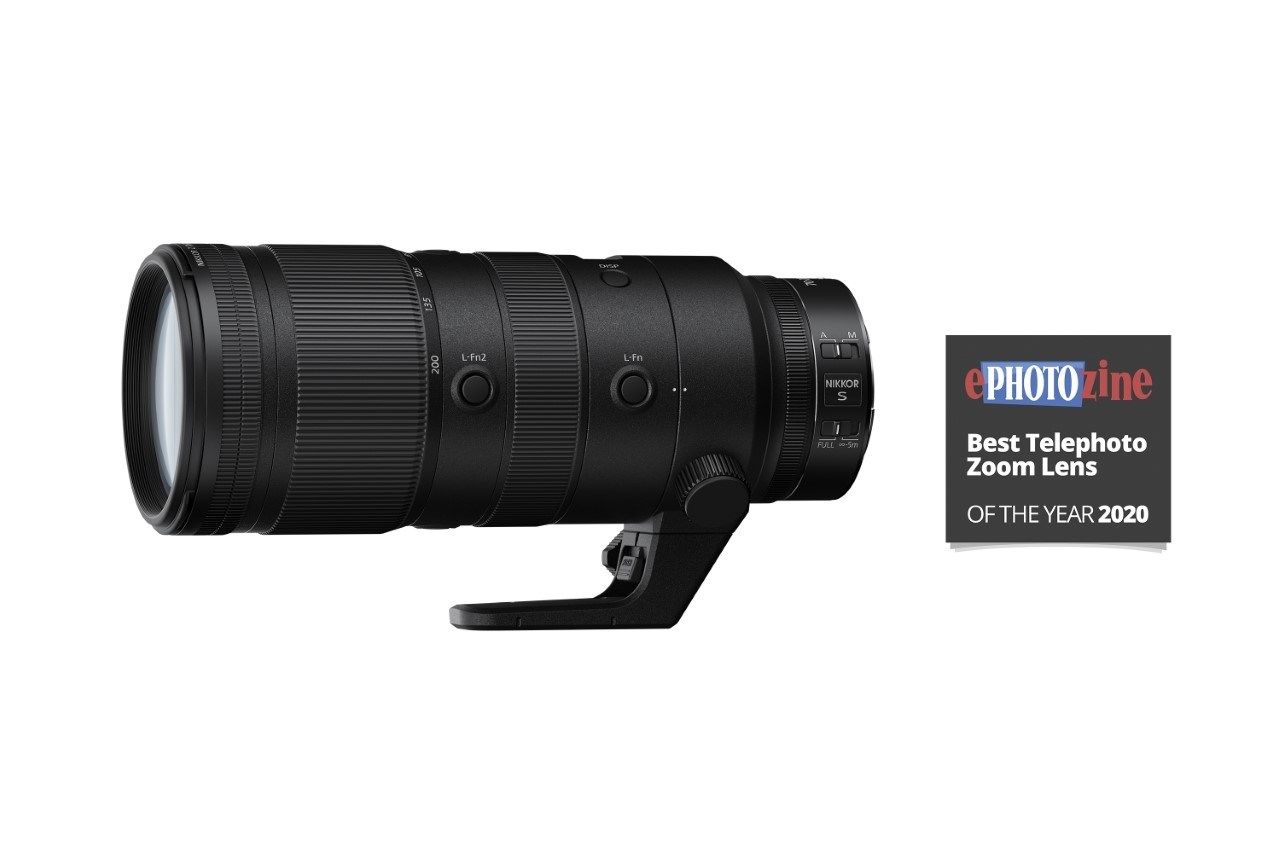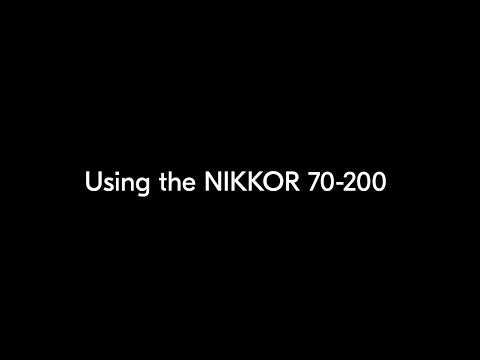Product Description
Nikon 70-200mm f2.8 VR S Lens Z series
A popular zoom among sports, event, and portrait photographers, the NIKKOR Z 70-200mm f2.8 VR S from Nikon is an impressively versatile telephoto lens characterized by its bright f2.8 design. The fast maximum aperture suits working in available lighting conditions and also affords increased control over depth of field for isolating subjects with selective focus. The optical design incorporates a series of ED, fluorite, and SR elements, which help to reduce colour fringing and chromatic aberrations throughout the zoom range for improved clarity and colour accuracy. Additionally, ARNEO and Nano Crystal Coats, as well as Super Integrated Coating, have been applied to suppress flare, ghosting, and surface reflections for improved contrast and colour fidelity.
Complementing the optical design, a multi-focus system, which employs two-stepping motors, helps to realize impressively fast, accurate, and quiet focus performance, along with full-time manual focus override, to suit both stills and video needs. Vibration Reduction further complements making sharp images by reducing the appearance of camera shake when shooting handheld. The lens also has a unique physical design, which incorporates a top OLED information panel that can be used to quickly confirm aperture and focus settings, and an assignable L.Fn button permits making exposure and settings adjustments via the lens. Additionally, a programmable control ring can be set for intuitive adjustment over a variety of camera and exposure settings.

Versatile zoom is designed for FX-format Z-mount mirrorless cameras, however can also be used with DX-format models where it provides a 105-300mm equivalent focal length range.
Constant f2.8 maximum aperture offers consistent performance throughout the zoom range and also benefits working in difficult lighting conditions and using selective focus techniques.
Featuring a combination of six extra-low dispersion elements, one fluorite element, and one short-wave refractive index element, chromatic aberrations and colour fringing is effectively eliminated throughout the zoom range for notable clarity and colour accuracy.

Two aspherical elements are featured to reduce spherical aberrations and distortion for improved sharpness and accurate rendering.
ARNEO and Nano Crystal Coats are used to prevent ghosting, reflections, and flare in order to realize improved contrast and clarity when working in strong lighting and backlit conditions. The Nano Crystal Coat controls incidental light from a diagonal direction while the ARNEO Coat controls incidental light from a vertical direction. A Super Integrated Coating is also featured on multiple elements to help ensure consistently accurate colours.
Vibration Reduction image stabilization helps to reduce the appearance of camera shake to better enable handheld shooting in low-light situations.
Multi-focus system incorporates two separate AF drive units, which are synchronized, to deliver especially fast and accurate focusing throughout the zoom range. This system uses stepping motors, which offer impressively smooth and quiet autofocus performance that is well-suited to both stills and video applications. Full-time manual focus override is also possible and an internal focusing design is used, where only the internal lens groups are moved during focusing, to maintain the overall length of the lens during use and to promote faster-focusing speeds.

Programmable Control Ring is, by default, set to adjust manual focus, but can also be used to control aperture or exposure compensation.
Integrated OLED lens information panel allows you to quickly confirm aperture setting, focus distance, and depth of field figures right on the lens in both bright and dark situations.
Two assignable L.Fn buttons work in conjunction with camera-based Fn buttons to provide seamless points for quickly changing exposure settings and other functions.
A specialized electromagnetic aperture mechanism provides greater exposure control stability that is especially beneficial when working with fast continuous shooting rates.
Dust- and moisture-resistant lens barrel, along with a front fluorine coating, benefits the lens' use in inclement conditions.
Removable, rotating tripod collar spins on ball bearings to permit quick and smooth switching from vertical to horizontal shooting orientations.






























